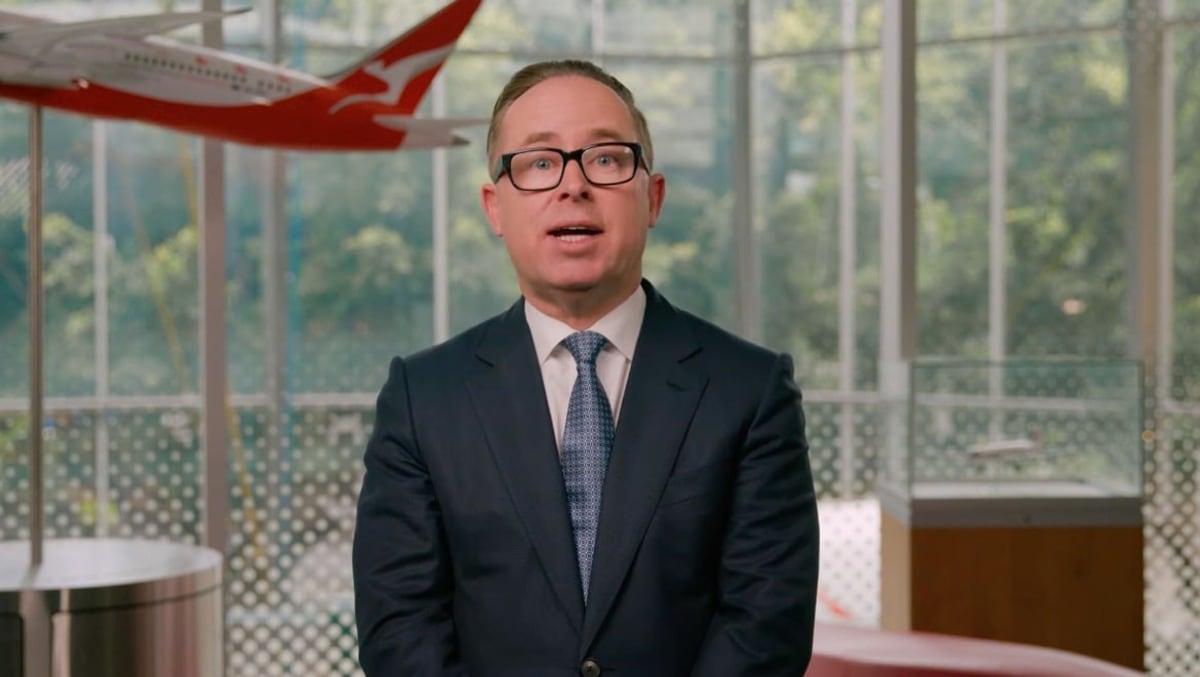Australian Aviation is publishing in full this opinion piece by Qantas chief executive Alan Joyce, below.
As the CEO of Qantas, people are always keen to tell you how they think the airline is doing. Whatever their feedback is, I always see it first and foremost as a reflection of the strong connection Australia has with the national carrier.
To be honest, we know that connection has been tested at times.
Six months ago, a lot of people felt we’d let them down and the figures showed why. Almost half our flights were late, our rate of misplaced bags had more than doubled and we were cancelling up to 7 per cent of our schedule.
Perception wise, it didn’t help that this came after some controversial restructuring decisions to make sure we survived COVID. And it didn’t matter that airlines around the world had the same problems as travel restarted. If your flight to the Gold Coast just got cancelled, it doesn’t make you feel any better if the delays are worse in Amsterdam.
Knowing that we were routinely letting customers down was hugely disappointing for everyone at Qantas. It’s the exact opposite of our culture.
Last August, we apologised and promised to fix it. And almost every week after that, things improved.
It’s a huge credit to our people that the data now shows Qantas is back to its best.
We’ve been the most on-time of the major domestic airlines for five months in a row. Our service levels – bags, cancellations, catering and the call centre – are back to what customers expect from us. And we’re working to make it better.
As this turnaround was happening, people were talking to me less about flight delays and more about higher fares.
The two are related. In order to make our operations more reliable, we had to reduce our flying to give us more buffer. We have more aircraft and crew on standby to step-in to deal with the supply chain and sick leave issues that remain. Less supply and lots of demand meant fares went up.
Higher fares also reflect inflation in general and higher fuel prices in particular, which are up 65 per cent in the past six months compared with pre-COVID. Naturally, that flows through to how much you pay for a flight.
There’s not much we can do about the cost of things like fuel but the fact our operations have stabilised means we can steadily put capacity back in. Domestically, we’re almost back to 100 per cent of pre-COVID flying levels. Internationally, we’ll be at around 80 per cent by the middle of the year and we’ve recently seen most of our competitors announce a major ramp up in their capacity, so you can expect to see fares trend down, keeping in mind we’re all paying more for most things at the moment.
That said, there are still a lot of good value fares, with regular sales and lower prices if you’re able to plan ahead.
More recently, the conversation has been about Qantas air returns.
These have received a huge amount of attention because we had several in quick succession, but despite the hype, they are actually a symptom of strong safety systems.
Our pilots always err on the side of caution because that’s what we train them to do. If an onboard system isn’t working the way it should, they will often decide to land rather than pressing on to the destination. I congratulate them for doing that and encourage them to keep doing it. And despite the obvious inconvenience, I think most of our customers do, too.
Globally, the industry sees well over 10,000 air returns a year. Looking at our data, there’s no change from our average rate of turn backs before and after COVID, which for Qantas is around 60 a year or 1 per 2,000 flights. Our regional arm QantasLink has more, at over 200 a year, because they have more flights and it makes more sense to return to a major city than fly on to a remote town that doesn’t have the same level of technical support.
If you’re flying on an aircraft that has an issue, it’s not because it’s not well looked after. It’s because they are incredibly complex pieces of equipment with many layers of redundancy.
Our approach to engineering hasn’t change since pre-COVID. We’re the only major airline group that does heavy maintenance in Australia and no one invests more in training engineers here than we do. There are multiple safeguards for everything that happens in-and-around an aircraft, which is critical because no one is perfect. And that is ultimately why aviation in this country is so safe.
We will always put safety before schedule. But as the figures and our record shows, Qantas is back to delivering on both.
















